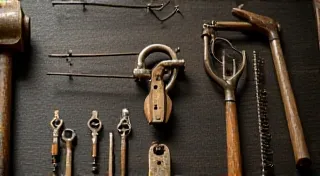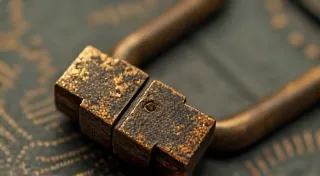Instruments of Inquiry: The Artisan’s Tools of Access
There's a peculiar resonance, a subtle kinship, between the worn keys of an antique accordion and the meticulously crafted tools of a lock picker. Both speak of time, of ingenuity, of a dedication to understanding intricate mechanisms. An accordion, once vibrant with life, now whispers stories of dances and celebrations. The lock picking tools, often antique themselves, carry the echoes of countless attempts to understand, to circumvent, to gain access. They are instruments of inquiry, tools that invite a deeper look – not to dismantle or destroy, but to appreciate the delicate artistry within.
My grandfather, a clockmaker by trade, possessed a small collection of accordions. They weren’t masterpieces; mostly parlor instruments, well-loved and heavily played. He’s the one who first sparked my fascination with mechanisms. While he repaired clocks with precise, methodical movements, he’s the one who let me, a curious child, sift through his collection of small tools – miniature screwdrivers, delicate levers, and slender probes. He didn’t explain what they were *for*, just that they were vital to understanding how things worked. It wasn’t until years later, learning about lock picking as a recreational pursuit and a way to appreciate the intricacies of security, that I understood his quiet lesson – that true understanding comes from intimate engagement with the object in question.
The Evolution of Access: A Historical Perspective
The history of lock picking is as old as the history of locks themselves. Early locks, simple pin tumbler designs, were easily defeated by those with a basic understanding of their construction. The need for better security spurred innovation – both in lock design and in methods of bypassing those locks. What began as a crude manipulation of pins evolved into a refined art, practiced by both locksmiths (who needed to open locked doors for legitimate purposes) and those seeking unauthorized access. The distinction between these two groups is crucial – our exploration here is purely for educational and recreational purposes, with a steadfast commitment to ethical considerations (always respecting the law and obtaining permission before handling any lock).
Throughout the 18th and 19th centuries, the emergence of mass-produced locks, particularly within the burgeoning industrial landscape, coincided with a corresponding rise in the demand for lock picking tools. Locksmiths began creating specialized kits, often sold discreetly, to assist in their trade. These weren't the slick, mass-produced sets available today; they were handcrafted, often using files, rakes, and hand-forged steel. The quality of these tools reflected the skill of the maker – a sharp file, a precisely tapered rake, a springy tension wrench – each vital for success. Just like the meticulous restoration of an accordion, bringing it back to a playable state, these tools demanded patience and an understanding of material properties.
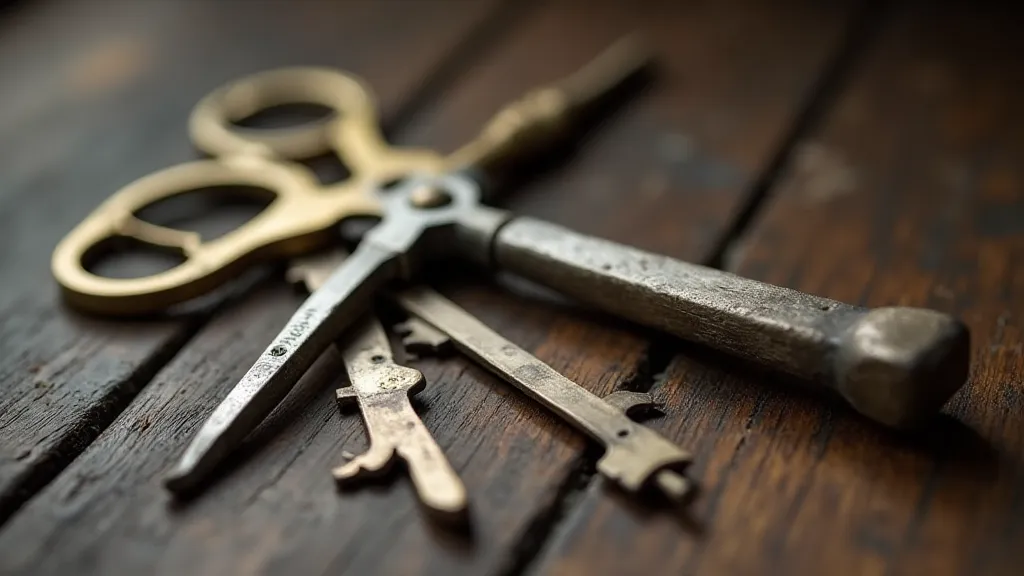
The Artisan's Toolkit: Beyond the Basics
While basic lock picking sets are readily available, the truly discerning enthusiast appreciates the nuance and artistry of older, handcrafted tools. Let's move beyond the generic rake and tension wrench. Consider the “hook pick,” a tool favored by experienced lock pickers. It's not merely a hook; it's carefully shaped, with a precisely angled tip, designed to navigate the complexities of a lock’s internal mechanism. Then there’s the "impressioning" kit, which allows for the creation of custom keys based on the lock’s pin configuration – a testament to the ingenuity of early locksmiths.
The materials themselves matter. Carbon steel, carefully hardened and tempered, is the material of choice for many traditional tools. The process of heat treating steel, just like the careful selection of wood for an accordion's bellows, requires precision and experience. A poorly heat-treated tool will be brittle and prone to breakage, rendering it useless. Look for signs of hand filing and shaping – subtle imperfections that speak to the artisan's touch. These aren's flaws; they're marks of authenticity, reminders of the human hand that crafted the tool.
The care and maintenance of these tools is paramount. Rust is the enemy; a light coat of oil will protect the steel from corrosion. Sharp edges need to be maintained with a fine honing stone. Just as a bellows repair on an old accordion requires a delicate touch and an understanding of leather behavior, so too does maintaining the integrity of lock picking tools.
A Parallel Art: Restoration and Appreciation
There's a profound connection between the restoration of antique accordions and the appreciation of antique lock picking tools. Both involve a deep understanding of mechanics, materials, and craftsmanship. Restoring an accordion isn't just about replacing broken parts; it's about understanding the original design, the methods used to construct it, and the challenges faced by the original maker. Similarly, examining antique lock picking tools isn't just about understanding how they work; it's about appreciating the ingenuity and skill that went into their creation.
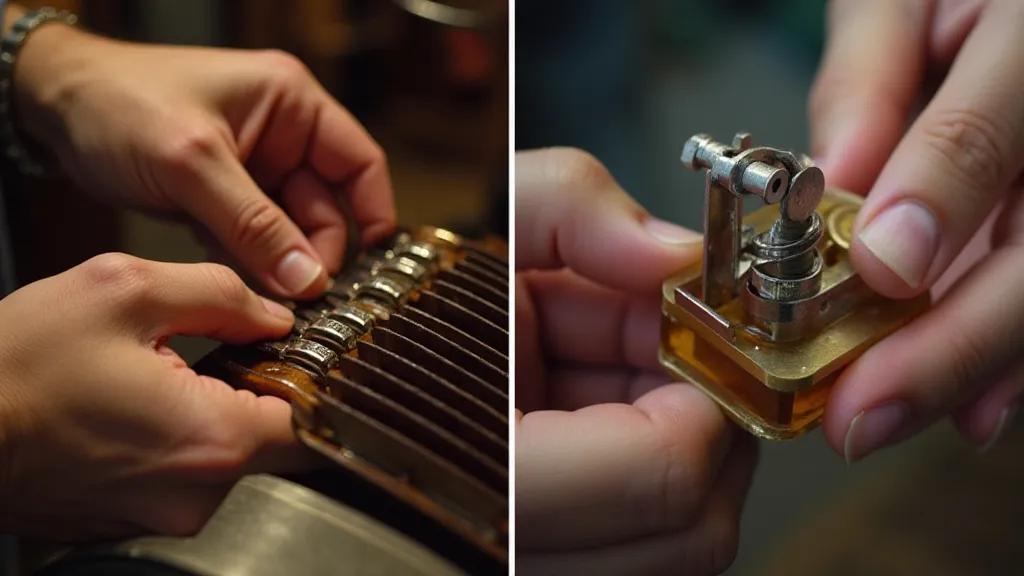
The principles are remarkably similar. Both pursuits demand patience, a keen eye for detail, and a willingness to learn from mistakes. You begin to see the echoes of the maker’s intent – the choices made, the compromises accepted. You begin to appreciate the dedication and artistry that went into creating these seemingly simple objects. Collecting antique lock picking tools, like collecting antique accordions, becomes more than just acquiring objects; it becomes a journey into the history of human ingenuity.
Ethical Considerations and Responsible Practice
It's crucial to reiterate that the exploration of lock picking should always be conducted ethically and responsibly. This is a skill that demands respect for the law and the privacy of others. Never attempt to open a lock that you do not have permission to access. The purpose of this exploration is purely educational – to understand the mechanisms involved and to appreciate the artistry of both the lock and the tools. Consider it a study of mechanical puzzles, a chance to appreciate the engineering principles at play.
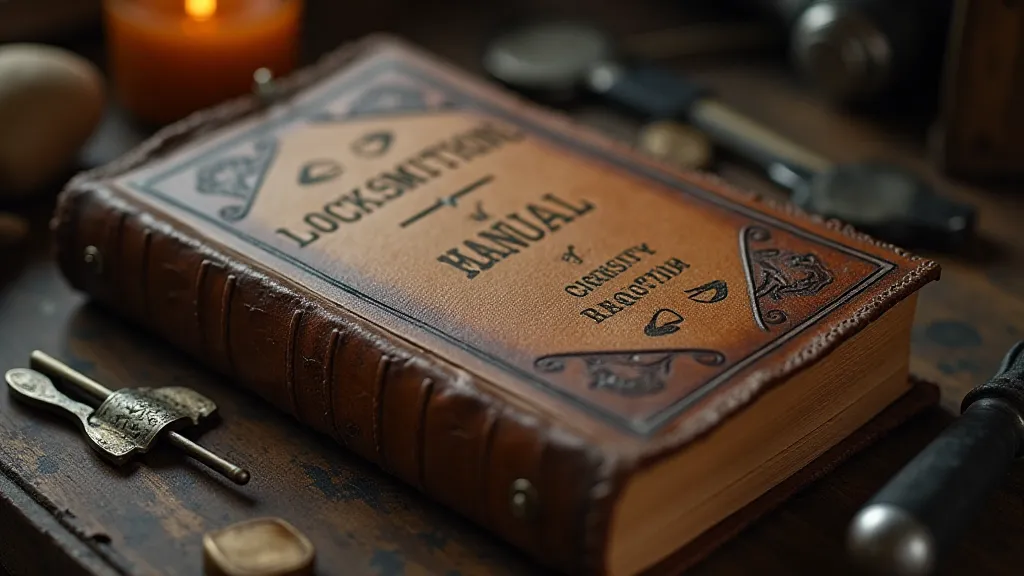
The allure of unlocking the secrets of a mechanical puzzle should never overshadow the importance of ethical behavior. Just as a skilled accordion restorer would never compromise the integrity of an instrument, a responsible lock picker should always prioritize respect for the law and the privacy of others. The true value lies not in gaining unauthorized access, but in the understanding gained through the process – an understanding that echoes the timeless appreciation for craftsmanship and ingenuity.


